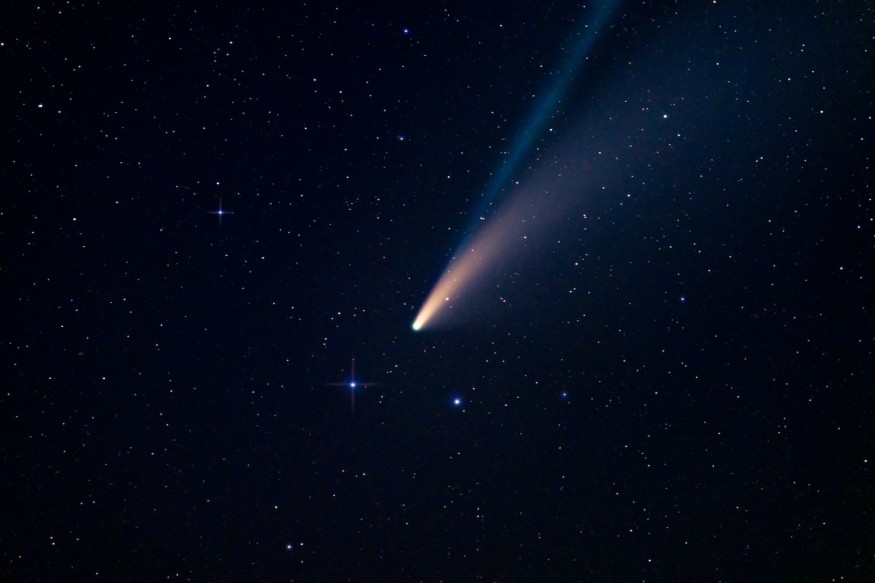
Comets are barely noticeable with conventional digital cameras; which is why capturing one is an extremely rare occasion. As such, the Nishimura comet, which was previously discovered through a digital camera, was spotted again through images taken with a small telescope.
Nishimura Comet Spotted
Hideo Nishimura, a man from Japan, first captured Nishimura or Comet C/2023 P1 on August 11 with his digital camera which amazed astrophotographers and dedicated amateur astronomers.
Just a week after its initial discovery, images resurfaced again as they were captured through a small telescope. The Nishimura was found with a tail on display as it raced toward the sun.
Most comets come from the Oort Cloud region, found close to Earth's solar system. These rocky snowballs often travel along elongated orbital paths which can take decades to centuries to accomplish their journey to destruction.
The comet was recently captured once again by Dan Bartlett, who uploaded the picture for Astronomy Picture of the Day (APOD) introducing the comet Nishimura. The photo was uploaded on Twitter, or X, showing the comet and its tail.
Comet Journey to the Sun
Most of the time, the end of the journey for a comet is when it melts down or breaks upon extreme heat and pressure from either the sun, solar wind, or both combined. An example of this was the comet ISON, which disappeared about a decade ago, just a week before it was expected to be visible.
This situation could happen to Comet Nishimura over the next month. However, if it survives, the comet is expected to become visible once again on Sept 11. Its path was highlighted in a video by Star Walk, showing when it would be most visible to Earth and how its expected trajectory.
The comet is expected to reach its perihelion on Sept 18, which is when it gets closest to the sun. Due to the sun's heat, the comet will feel extreme heat, making its tail grow longer, brighter, and more noticeable.
Risks for the Comet
When the comet gets closest to the sun, it will become extremely vulnerable and the risks of disintegration will increase. Should the comet escape without falling apart or getting crushed, it would then return to the Oort Cloud, giving another window for viewers to spot it in late September.
So far, the Nishimura has been spotted multiple times by amateur photographers with backyard telescopes. NASA noted that the problem is that the comet's schedule to be angularly near the sun would happen close to sunset or sunrise.
There is already discussion as to whether the next sighting will be the last time that the comet will be seen. There are a few that have interpreted its early data to reveal it might have not come from the Oort cloud but from other interstellar space.
Should the comet survive and be flung out toward the Oort cloud, it's expected to head toward deep space and never return.
RELATED ARTICLE : How Hazardous Are Asteroids to Earth? Understanding Its Threat and the Reality of Near-Earth Encounters
Check out more news and information on Space in Science Times.












